President Dan Shipp
Dr. Dan Shipp is the 10th president of Pittsburg State University. He is focused on approaching challenges of a different sort: recruitment, retention, and balancing a budget after years of nationally declining enrollment and funding in higher education.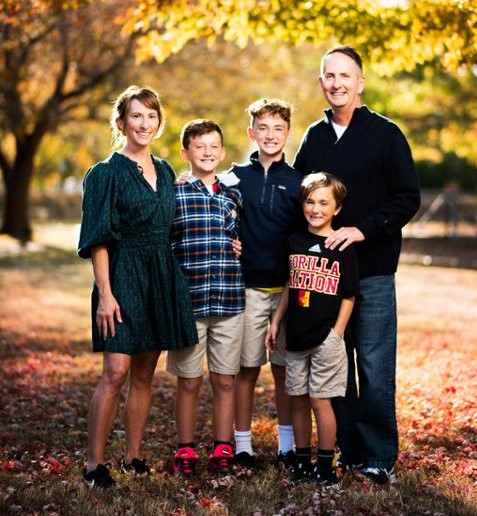
Considered to be a nationally recognized leader and innovator in higher education, Dan has provided planning and project leadership at multiple universities, led initiatives to grow enrollment, and removed barriers for underserved students.
Shipp said he was drawn to Pittsburg State by its learning-through-action approach to education and is motivated when connections are made between what students are learning in the classroom and ways they can apply that in the larger community
Dan and his wife, Vanessa, are parents to three sons: Oliver, Finnegan, and Samuel. Between the two of them they tag-team the boys' soccer practices and weekend matches across the region.
"Our priority is work-life balance," said Dan. "We are focused on remaining a family that is connected and cares. He thinks like a parent," he said, so his sincere wish is that students feel at home and comfortable on campus.
Dan's Guiding Mantra
"Do all the good you can, by all the means you can, in all the ways you can, in all the places you can, at all the times you can, to all the people you can, as long as ever you can." - John Wesley
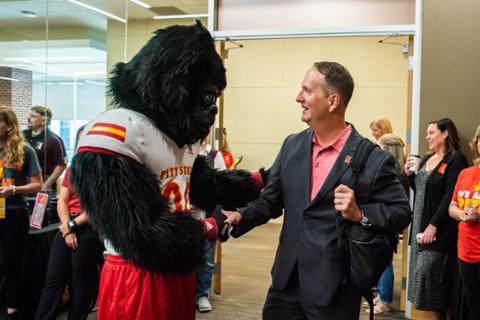
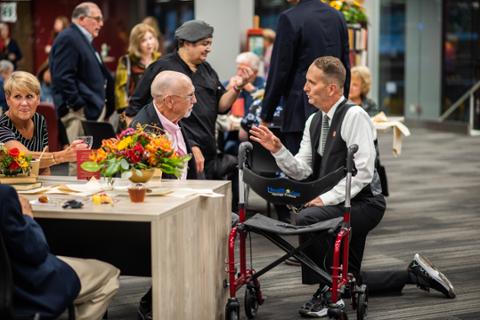
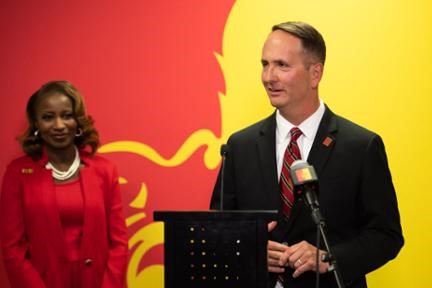
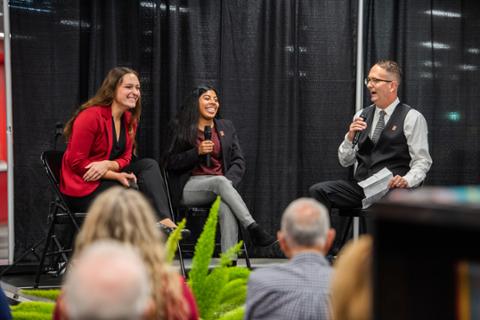
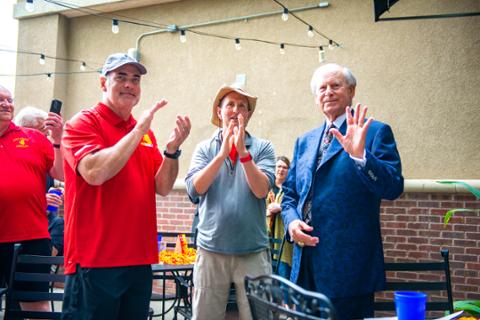
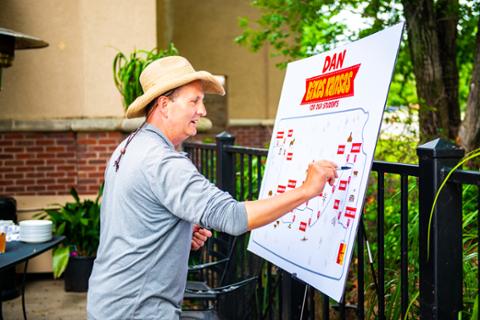
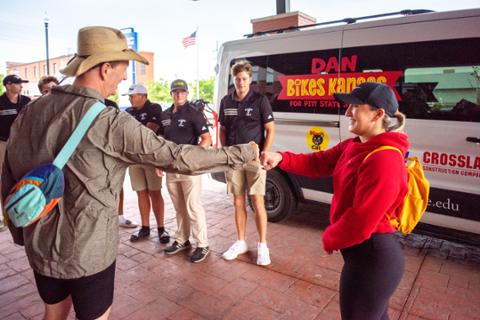
Gorilla Talks with Dan
Dan showcases the remarkable research breakthroughs, student accomplishments, community outreach efforts, and University achievements.
Watch the Full SeriesWhat's Dan Reading?
How our President stays current, gains new perspectives, and enhances his problem-solving skills.


